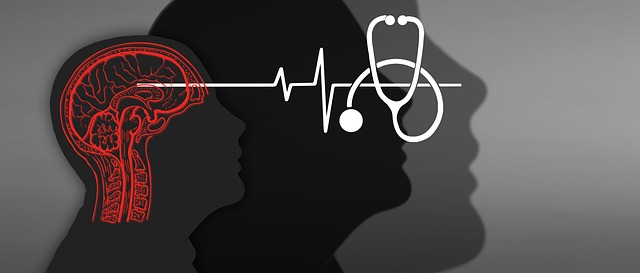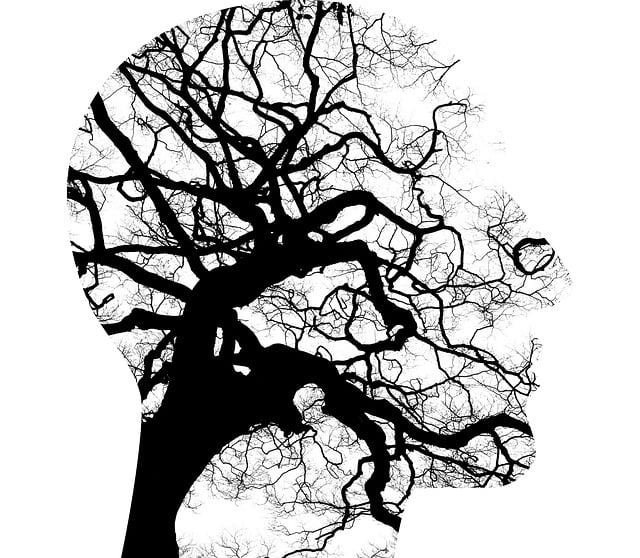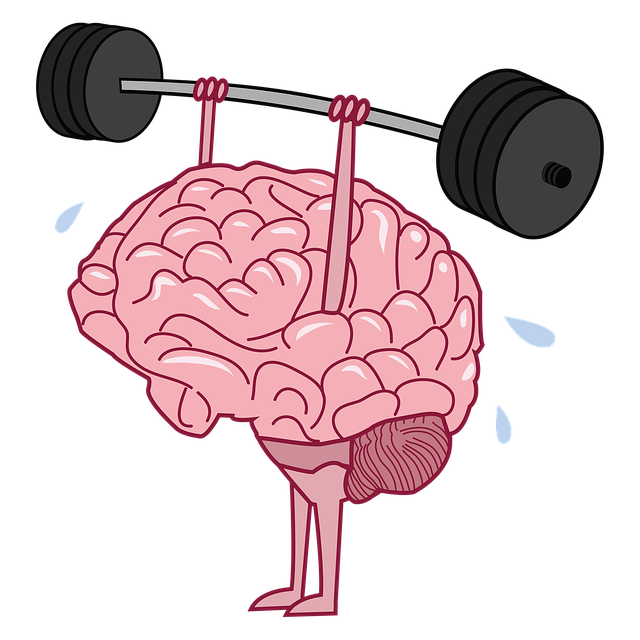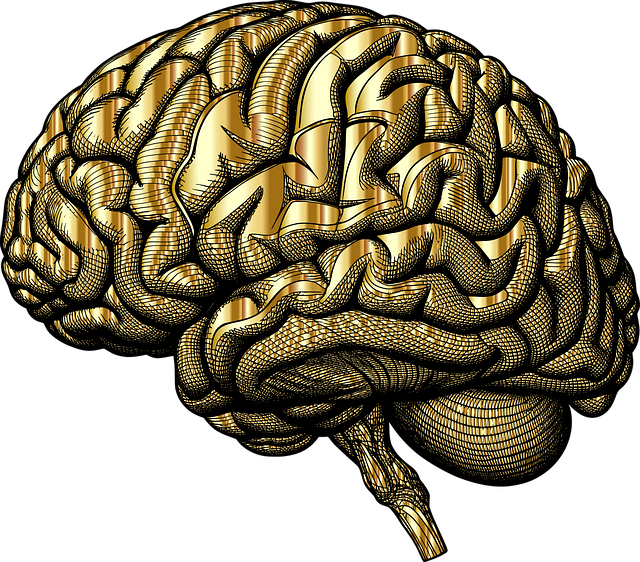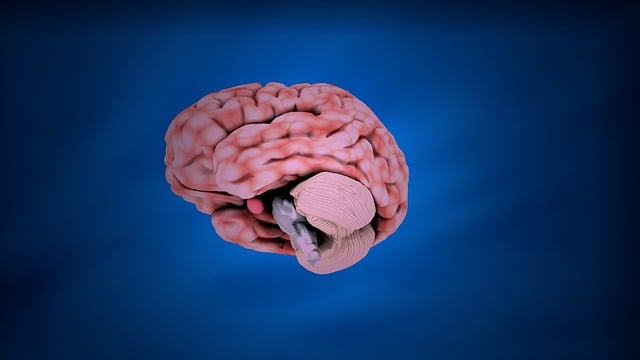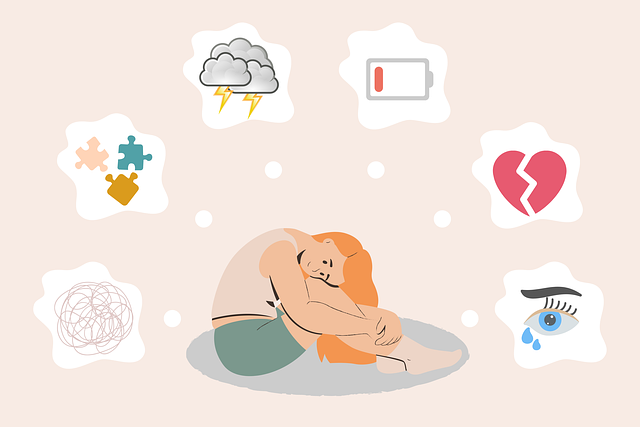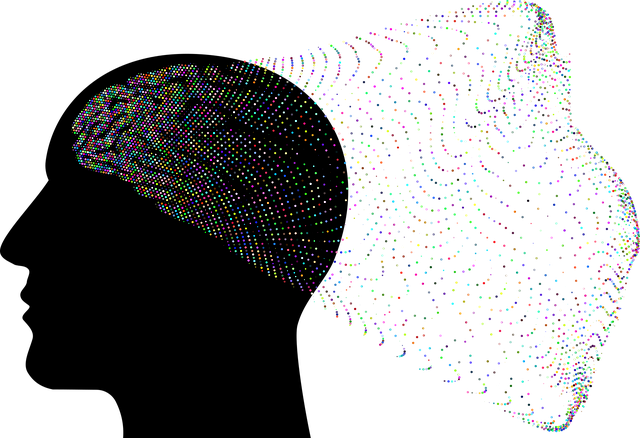Lone Tree Panic Disorder (LTPD) and anxiety attacks profoundly impact daily lives, with therapy focusing on coping skills development and trigger addressing through resilience-boosting exercises. Cultural sensitivity in mental healthcare personalizes support while initiatives destigmatize disorders, encouraging early assistance. Structured Mental Health Education Programs build inherent mental fortitude, and Recovery-Focused Methodology (RFM) empowers individuals to navigate challenges adaptably. RFM techniques, integrated into therapy sessions, offer a game-changer for LTPD and anxiety attacks, combining mental health education with tailored exercises for proactive management. Real-Life Success Stories (RFS) highlight the effectiveness of combining professional therapy with personal practices like Mindfulness Meditation for improved emotional control and reduced anxiety.
“Discover how Resistance, Flexibility, and Mastery (RFM) can revolutionize therapy for Lone Tree Panic Disorder and anxiety attacks. This article delves into the power of RFM as a resilience-building tool, exploring its role in managing intense fear and stress. We’ll uncover various exercises that enhance mental fortitude, provide practical tips on integrating RFM into therapy sessions, and share inspiring success stories. By the end, you’ll understand why this approach is becoming a game-changer in anxiety treatment.”
- Understanding Lone Tree Panic Disorder and Anxiety Attacks
- The Role of RFM in Resilience Building
- Types of Resilience-Enhancing Exercises
- Integrating RFM into Therapy Sessions
- Real-Life Success Stories: Overcoming Anxiety with RFM
Understanding Lone Tree Panic Disorder and Anxiety Attacks

Lone Tree Panic Disorder (LTPD) and Anxiety Attacks are significant mental health challenges that can profoundly impact an individual’s daily life and overall well-being. LTPD, as the name suggests, is characterized by intense panic or anxiety triggered solely by being in a solitary, isolated environment, often a tree or a remote location. This disorder goes beyond typical fear of heights or being alone and is deeply rooted in complex psychological factors.
Anxiety attacks, while not specific to LTPD, are a common symptom that can escalate during episodes. Therapy plays a pivotal role in managing LTPD and anxiety, focusing on coping skills development and addressing the underlying triggers. Cultural sensitivity in mental healthcare practice is essential, as it ensures personalized support tailored to individual needs and cultural backgrounds, fostering a safe space for clients to openly discuss their experiences. Mental health awareness initiatives can help destigmatize such disorders, encouraging those affected to seek assistance without delay.
The Role of RFM in Resilience Building

Resilience is a critical component of mental health, enabling individuals to navigate and overcome life’s challenges with strength and adaptability. This is where RFM (Recovery-Focused Methodology) plays a pivotal role in therapy. By focusing on recovery rather than illness, RFM empowers those struggling with conditions like Lone Tree Panic Disorder and Anxiety Attacks Therapy to rebuild their lives. It shifts the narrative from one of impairment to that of growth and resilience.
Incorporating RFM into therapeutic practices involves designing Mental Health Education Programs that foster self-awareness exercises and promote coping strategies tailored to individual needs. These programs, when effectively structured, can prevent depression by building inherent mental fortitude. Self-Awareness Exercises are instrumental in this process, enabling individuals to recognize and manage their emotions, ultimately enhancing their ability to cope with stress and adversity.
Types of Resilience-Enhancing Exercises

Resilience-enhancing exercises are a crucial component of therapy for conditions like Lone Tree Panic Disorder and Anxiety Attacks. These activities help individuals develop coping mechanisms, fostering their ability to navigate challenging situations with enhanced emotional fortitude. One popular approach is communication strategies, which empower people to express their feelings and needs effectively, thereby reducing the impact of anxiety-inducing environments.
Another effective method involves incorporating self-care practices tailored to individual needs. This can include mindfulness techniques, regular physical exercise, or creative outlets like art therapy. Healthcare provider cultural competency training is also valuable in this context, as it promotes understanding and appreciation for diverse perspectives, further strengthening the resilience of individuals from various backgrounds.
Integrating RFM into Therapy Sessions

Integrating RFM (Resilience, Flexibility, and Mastery) techniques into therapy sessions can be a game-changer for individuals struggling with Lone Tree Panic Disorder and Anxiety Attacks. This approach leverages the power of mental health education programs design, focusing on building resilience to navigate challenging situations. By fostering a sense of control and adaptability, RFM enhances traditional anxiety therapy.
The RFM framework offers tailored exercises that promote confidence boosting and trauma support services. During sessions, therapists can guide clients through scenarios that mimic everyday stressors, encouraging them to apply learned coping mechanisms. This hands-on method not only helps individuals manage panic disorders but also empowers them to face future anxieties head-on. It’s a proactive approach that goes beyond the symptoms, addressing the root causes of anxiety and equipping clients with lifelong tools for mental health maintenance.
Real-Life Success Stories: Overcoming Anxiety with RFM

In the realm of mental health recovery, Real-Life Success Stories (RFS) serve as powerful narratives that illustrate the transformative potential of various therapeutic approaches. One such inspiring journey involves individuals grappling with Lone Tree Panic Disorder and Anxiety Attacks. Through dedicated practices like Mindfulness Meditation and Self-Awareness Exercises, many have found solace and built resilience against these debilitating conditions. These exercises encourage individuals to confront their fears in real-life scenarios, fostering a sense of control and reducing anxiety responses over time.
The RFS highlight the effectiveness of integrating Anxiety Relief strategies into daily routines. By combining professional therapy with personal perseverance, those affected can navigate triggers and challenges more effectively. This process involves learning to manage intense emotions, cultivating present-moment awareness, and developing coping mechanisms that go beyond traditional therapy settings. As a result, many individuals are finding freedom from their anxiety attacks, leading to improved quality of life and enhanced overall well-being.
Lone Tree Panic Disorder and Anxiety Attacks therapy can be significantly enhanced through the integration of Resiliency, Flexibility, and Mastery (RFM) exercises. By understanding the role of RFM in building resilience, therapists can offer clients effective tools to manage anxiety and overcome their fears. The diverse range of resilience-enhancing exercises, from mindfulness practices to exposure therapy, provides a tailored approach for each individual’s needs. Through consistent application, RFM has proven successful in real-life scenarios, offering hope and improved quality of life for those struggling with Lone Tree Panic Disorder and Anxiety Attacks.
